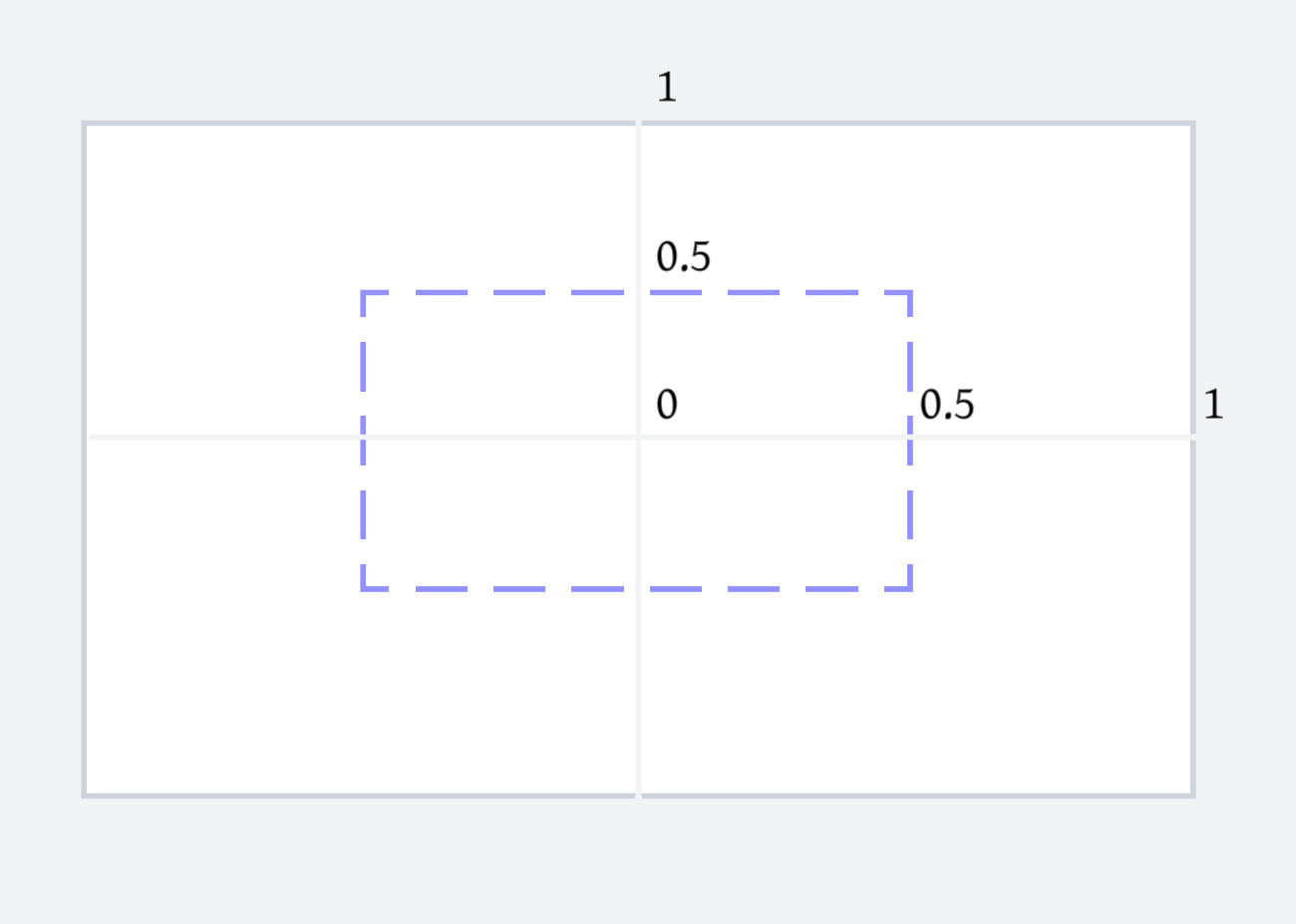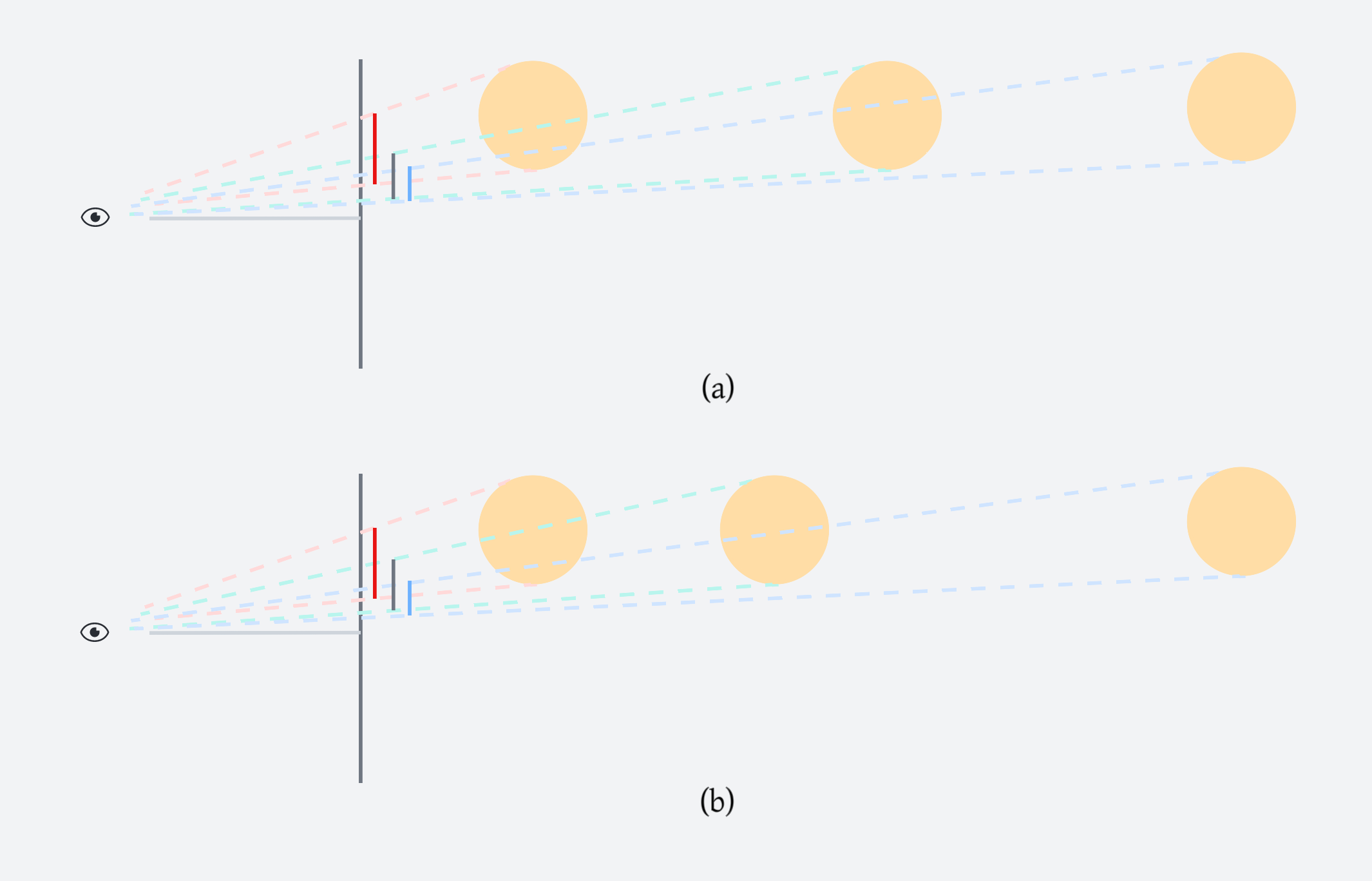Mutable Attribute#
A value in the description file is a mutable attribute if it is a dictionary that has a key distribution_type, or a string that contains macros ($[...]). A mutable attribute does not have to be part of a mutable; you can have standalone mutable attributes.
You can define mutable attributes with distribution_type as folder, set, range, frustum, and harmonized.
Folder
A folder mutable attribute uniformly samples a file from the specified folder with the specified suffix. To define a folder type, there are two additional required keys, suffix and value.
distractor:
type: geometry
subtype: mesh
usd_path:
distribution_type: folder
suffix: usd
value: $[/resources_root]/distractors
In this example, a geometry named distractor, which is a mesh loaded from a USD file, is defined. And the USD file is randomly selected from all files in $[/resources_root]/distractors that has a .usd extension.
Note
Some example description files have placeholders.
Set
A set attribute randomly selects a value from a set.
dome_light:
type: light
subtype: dome
texture_path:
distribution_type: set
values:
- $[/skies]/adams_place_bridge_4k.hdr
- $[/skies]/autoshop_01_4k.hdr
In this example, a dome light is defined with a texture of either $[/skies]/adams_place_bridge_4k.hdr or $[/skies]/autoshop_01_4k.hdr, selected randomly.
Range
A range attribute specifies the range of randomization for a numeric value.
dome_light:
type: light
subtype: dome
intensity:
distribution_type: range
start: 1000
end: 3000
Here the dome light defined has an intensity as a random number within [1000, 3000].
Camera frustum
A camera_frustum attribute is specially used for sampling a value for the translate operator (Refer to ::ref::Transformation). It samples a position in a view frustum defined by camera_parameters, which is the same as in ::ref::Camera.
main_object:
...
transform_operators:
- translate:
distribution_type: camera_frustum
camera_parameters: $(camera_parameters)
distance_min: 200
distance_max: 600
screen_space_range: 0.5
distance_min and distance_max are the minimum and maximum distance from the view point. screen_space_range is the range in screen space on which to scatter objects. For example, if we set it to 0.5, the objects are only be scattered in the space projected to the area specified within the dotted lines:

Camera frustum don’t scatter objects uniformly along the line of vision. It’s scattered more often in the near field and the far field, such that the probability density of projected area is constant. For example, in the below image, we uniformly sample in (a) while sampling more in the near field in (b). In (b), the projected areas are more evenly spaced compared to (a).

For the same object, it’s more likely to be sampled near distance_min than distance_max such that a position that gives a projection 10 pixels wide has the same possibility to be sampled with a position that gives a projection 20 pixels wide.
Such a distance is given by:
in which \(randomUnit\) is uniformly sampled within [0,1].
Harmonized
A harmonized attribute defines an attribute that retrieves its value from a Harmonizer after harmonization.